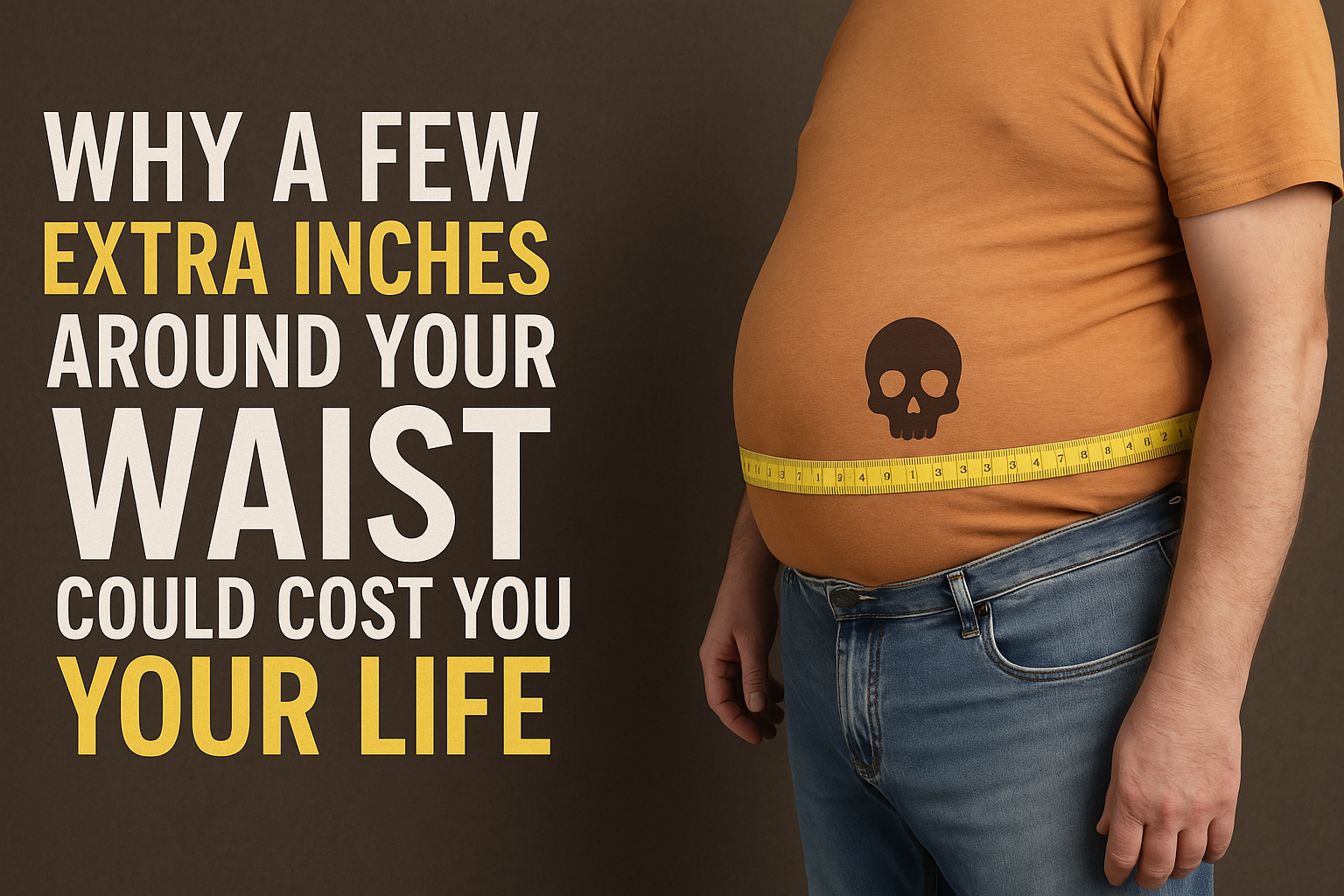The passing of Jo Lindner, a popular bodybuilder, has brought rippling muscle disease into the spotlight, emphasizing the need for greater awareness and understanding of this rare condition. By familiarizing ourselves with the risk factors, diagnosis, and treatment options, we can work towards supporting affected individuals and their families. Furthermore, continued research and advancements in genetic testing hold promise for improved prevention and management strategies, offering hope for a future where rippling muscle disease no longer poses a threat to those who love fitness and bodybuilding.
Understanding Rippling Muscle Disease:
Rippling muscle disease, also known as rippling muscle syndrome (RMS), is an extremely rare neuromuscular disorder characterized by the involuntary contraction and relaxation of muscles, leading to visible rippling or wave-like movements beneath the skin. These muscle contractions are triggered by various stimuli, such as movement, sound, or even emotional stress. While the exact cause of RMS remains unknown, it is believed to be a genetic condition that affects the neuromuscular junctions responsible for muscle contractions.
Risk Factors:
RMS is an inherited disorder, and therefore, having a family history of the condition is considered a significant risk factor. It is typically inherited in an autosomal dominant manner, meaning that a child has a 50% chance of inheriting the mutated gene from an affected parent. However, it is important to note that not everyone with the mutated gene will develop RMS, as there may be other contributing factors involved.
- Diagnosis and Treatment:
Diagnosing rippling muscle disease can be challenging, as it is often mistaken for other neuromuscular conditions. A thorough medical evaluation, including a detailed family history, electromyography (EMG), and genetic testing, is necessary to confirm the diagnosis. Unfortunately, there is currently no cure for RMS. Treatment mainly focuses on managing the symptoms and improving the patient's quality of life. This may involve physical therapy, medication to alleviate muscle stiffness and spasms, and psychological support to cope with the emotional impact of the disease.
- Raising Awareness and Prevention:
Given the rarity of rippling muscle disease, awareness about its existence and the potential risk factors is crucial. Genetic counseling plays a significant role in educating individuals about the hereditary nature of RMS and helping them make informed decisions regarding family planning. Advancements in genetic testing techniques can also aid in early detection and intervention, allowing affected individuals to receive appropriate medical care and support.

 In a shocking turn of events, the fitness world has lost one of its prominent figures, Jo Lindner, to a rare condition known as rippling muscle disease. The untimely demise of the popular bodybuilder has brought attention to this little-known disorder and raised questions about its causes and risk factors
In a shocking turn of events, the fitness world has lost one of its prominent figures, Jo Lindner, to a rare condition known as rippling muscle disease. The untimely demise of the popular bodybuilder has brought attention to this little-known disorder and raised questions about its causes and risk factors









.jpeg)



.jpg)





.jpeg)

.jpg)





.png)

